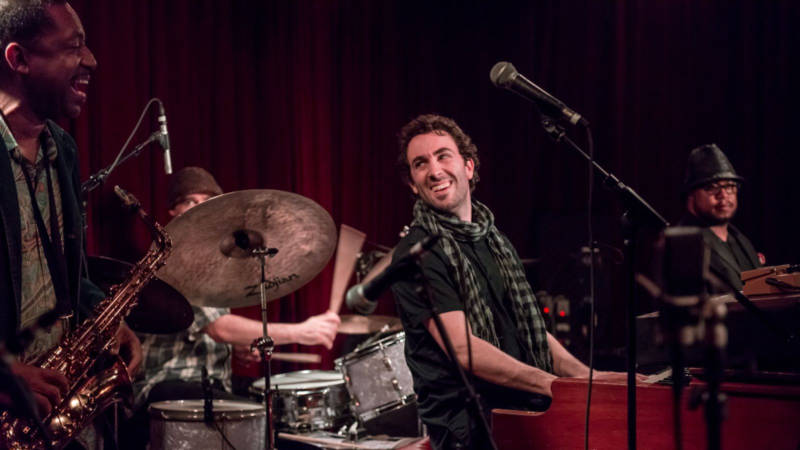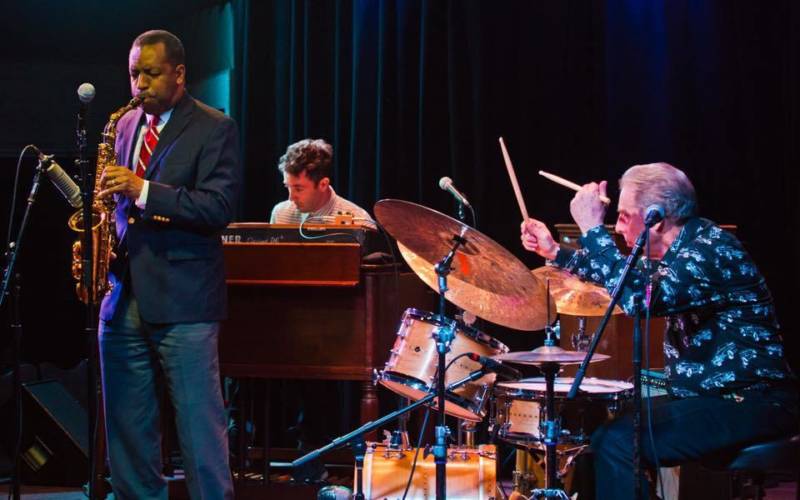Deep ambivalence often greets the news of a Bay Area jazz musician making the move to New York City. There’s sadness and disappointment at losing yet another player to the siren call of Gotham, tinged with a streak of respect for their moxie and pride at their cultural contributions. But when the word arrives about Bay Area cats taking their talent to Los Angeles? Well, that hurts, stoking an intrastate rivalry that tends to be felt much more strongly up here than down there.
The latest departure cuts particularly deeply, as Hammond B-3 maestro Wil Blades isn’t a young lion looking to make his mark, but a stalwart of the local scene. He arrived in the Bay Area from Chicago in the late 1990s at the age of 18 and, over the next two decades, built a vaunted national reputation as a hard-swinging player equally adept at New Orleans funk as Ellingtonian suites.
He celebrates his 40th birthday and bids adieu to the Bay Area with performances on Aug. 25 at Berkeley’s Freight & Salvage and Aug. 26 at Santa Cruz’s Kuumbwa Jazz Center. The concerts feature a brilliant cross-section of longtime collaborators, including drummers Scott Amendola, Mike Clark and Brandon Etzler and guitarists Jeff Parker and Jack “Tone” Reardon. Blades will also be joined by an early mentor, trumpeter/percussionist Oscar Myers, and New Orleans alto sax great Donald Harrison Jr., “an incredibly underrated musician,” Blades says.
Blades’ move reflects an unfortunate reality for artists in the Bay Area. His wife is a film and video editor, and in both of their fields, “if you want to take further steps, you have to leave the Bay,” Blades says from his new digs in Los Feliz. “You’ve seen that over the years with Josh Redman, Benny Green, Will Bernard, even though some of them have moved back.”



